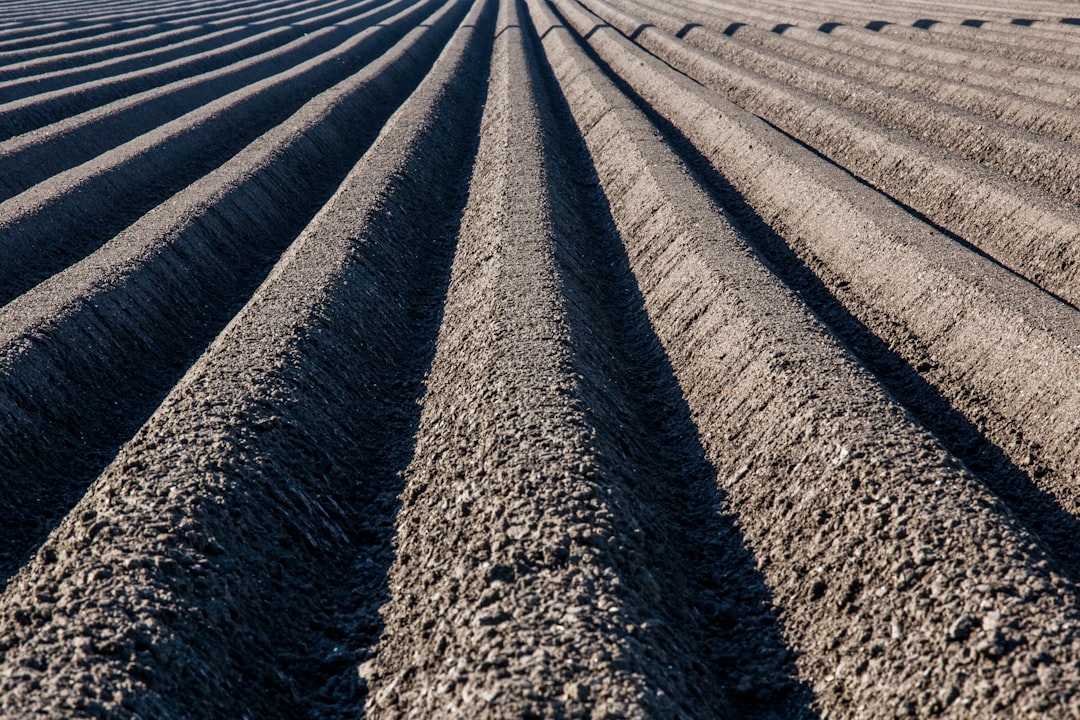When it comes to gardening, farming, or simply maintaining a lush green lawn, soil health is a critical factor in plant growth. One of the most crucial aspects of soil health is its pH level, which directly affects nutrient availability and plant vitality. Understanding the relationship between soil pH and nutrient absorption can help ensure plants receive the necessary elements for optimal growth and development.
What is Soil pH?
Soil pH is a measure of the acidity or alkalinity of the soil, expressed on a scale of 0 to 14. A pH level of 7 is considered neutral, while values below 7 indicate acidic soil, and values above 7 indicate alkaline soil. Most plants thrive in a slightly acidic to neutral pH range (6.0–7.0), though some species have specific pH preferences.
How Soil pH Affects Nutrient Availability
The availability of essential nutrients in the soil is closely linked to pH levels. When the pH is too high or too low, certain nutrients become less accessible to plants. Here’s how soil pH influences key nutrients:
-
Acidic Soil (pH < 6.0): Essential nutrients such as nitrogen, phosphorus, and potassium may become less available, while elements like aluminum and manganese can reach toxic levels, harming plant roots.
-
Neutral Soil (pH 6.0–7.0): This range is ideal for most plants, as it provides balanced nutrient availability.
-
Alkaline Soil (pH > 7.0): Certain micronutrients, like iron, manganese, and phosphorus, become less soluble, leading to deficiencies that affect plant health.
Adjusting Soil pH for Optimal Plant Growth
To maintain a healthy soil pH, it’s important to test your soil regularly and make adjustments as needed. Here are some common ways to modify soil pH:
-
Lowering Soil pH: To make soil more acidic, organic materials like sulfur, peat moss, or pine needles can be added. Alternatively, aluminum sulfate or sulfur compounds can be used to lower pH levels more rapidly.
-
Raising Soil pH: If the soil is too acidic, applying lime (calcium carbonate) can help neutralize acidity and bring the pH to a more suitable range for plant growth.
Conclusion
Soil pH plays a vital role in determining nutrient availability, which directly impacts plant health and productivity. By monitoring and adjusting soil pH as needed, gardeners and farmers can create an environment where plants can thrive. A balanced pH ensures that essential nutrients remain accessible, leading to stronger, healthier plants and more bountiful yields.

Comments
No comments yet. Be the first to comment!
You must be logged in to comment. Login